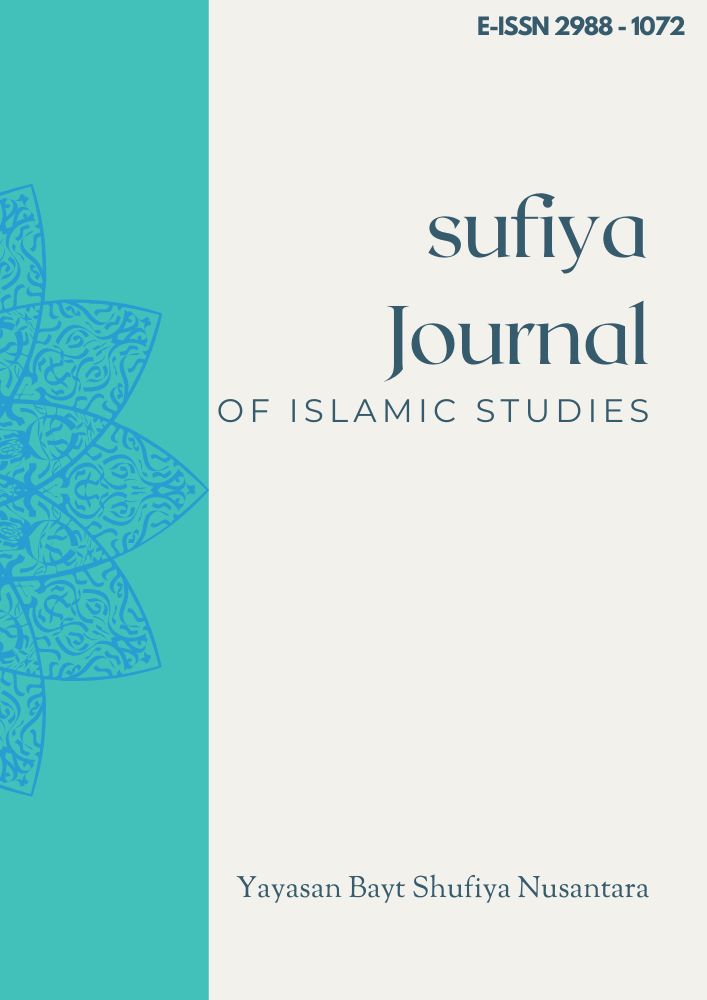The Role of Semantics in Humor: A Study of Wordplay and Double Meanings
Keywords:
Semantics, Humor, WordplayAbstract
This article aims to analyze the role of semantics in constructing humor, specifically through mechanisms of wordplay and double meanings. Using a literature review method, this study synthesizes findings from recent linguistic and pragmatic research related to humor strategies. The analysis shows that lexical ambiguity, especially involving homonyms and polysemy, serves as the primary foundation for verbal humor. Patterns of phonological wordplay, morphological manipulation, and shifts in meaning are identified as key strategies that enable multiple interpretations and the emergence of humorous effects. The study also emphasizes the important role of context and pragmatic knowledge in interpreting ambiguity and resolving semantic contradictions. These findings imply that humor is not only a linguistic phenomenon but also a cognitive process that requires the active involvement of listeners in understanding semantic structures and contextual information.
References
Charina, I. N. (2021). Lexical and syntactic ambiguity in humor. International Journal of Humanities and Studies, 9(1), 33–47. https://e-journal.usd.ac.id/index.php/IJHS/article/view/681
Collins, J. (2024). The metaphysics of puns. Synthese, 203(4), 1–22. https://doi.org/10.1007/s11229-024-04583-2
Czestochowska, J., Gligoric, K., Peyrard, M., Mentha, Y., Bien, M., Grutter, A., … Haryadi, D., Rejeki, S., & Setyowati, A. (2021). Lexical ambiguity as a source of humour: The case of memes on Instagram. Albion Journal of English Literature, Language, and Culture, 10(2), 65–74. https://journal.unpak.ac.id/index.php/albion/article/view/6358
Makrum, R. A. M. (2021). Lexical ambiguity and verbal humor in some English jokes and riddles. Journal of Arts, Damietta University, 71(1), 210–228. https://artdau.journals.ekb.eg/article_183118.html
Mikhalkova, E., & Karyakin, Y. (2017). Detecting intentional lexical ambiguity in English puns. arXiv Preprint.
Pujianti, T. R., Azizah, N., & Ramadhani, L. (2024). Verbal humor in American situational comedy The Office: Semantics view. Edukasi: Jurnal Pendidikan dan Pengajaran, 16(1), 89–104. https://jurnal.uinbanten.ac.id/index.php/ell/article/view/10153
Romadlani, M. M. I. (2021). A manipulation of semantic meanings as a humor construction strategy. Language Circle: Journal of Language and Literature, 15(2), 203–214. https://journal.unnes.ac.id/nju/LC/article/view/28637
Trolé, E. (2021). How to (mis)use language: Humor, creativity and lexical creation in Rikki Ducornet’s work. Lexis – Journal in English Lexicology, 17. https://journals.openedition.org/lexis/5483
Ullah, I., Mukhtayar, M., Zahir, K., & Aziz, L. (2025). The impact of semantic ambiguity on social media jokes: A study of wordplay and relevance theory. Policy Journal of Modern Studies, 3(2), 134–148. https://policyjournalofms.com/index.php/6/article/view/356
Widiatmika, P. W. (2024). Humor through exploitation of meaning duality in English memes. International Journal of Linguistics and Communication Studies, 5(1), 55–70.
Downloads
Published
How to Cite
Issue
Section
License
Copyright (c) 2025 Heltri Firdayati Samongilailai, Bernieke Anggita Ristia Damanik

This work is licensed under a Creative Commons Attribution-ShareAlike 4.0 International License.














